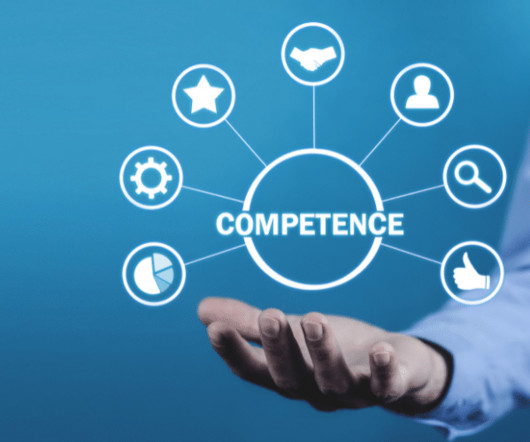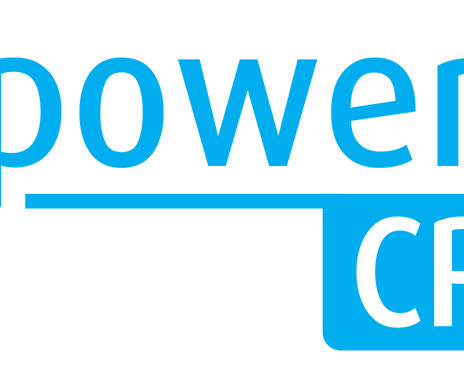Inflation & Procurement
Procurement Templates
JUNE 18, 2023
Strategic sourcing: Adopting strategic sourcing practices enables procurement to analyze the entire supply chain and identify cost drivers. By understanding the components and processes that contribute to the final product’s cost, procurement can explore opportunities to optimize and reduce expenses.












Let's personalize your content